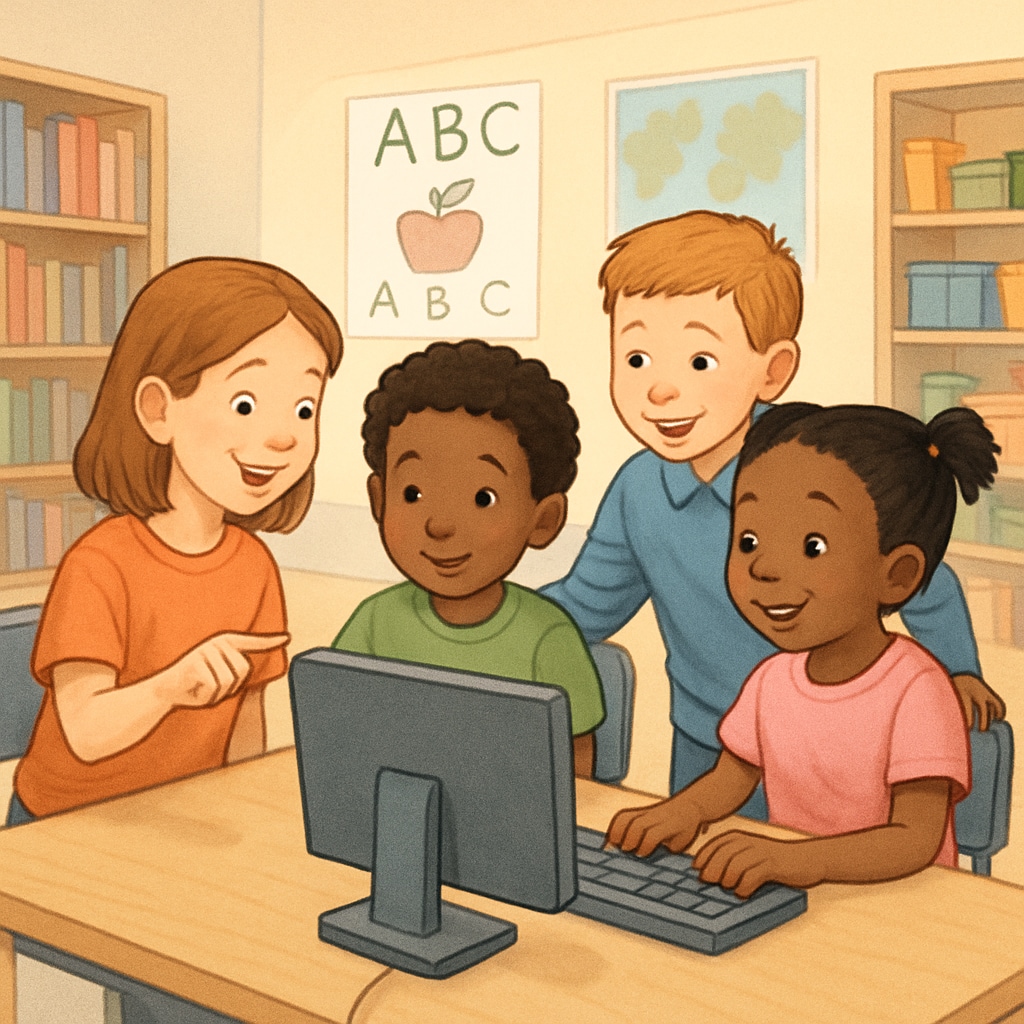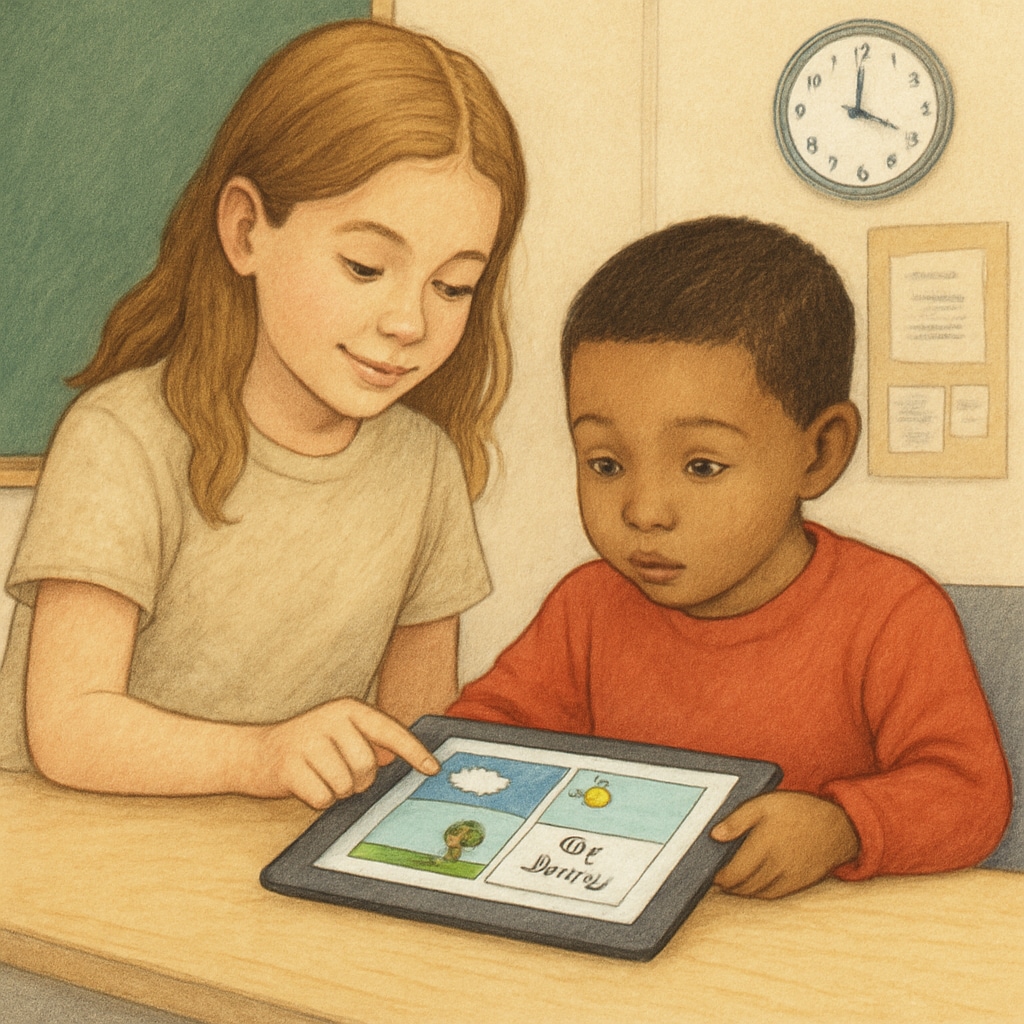Cross-grade learning activities, such as those involving kindergarten and fourth-grade students, offer unique opportunities to foster mutual growth, teamwork, and skill development. These programs not only bridge age and developmental gaps but also create meaningful relationships between younger and older students. Incorporating creative tasks and computer skill-building into these initiatives can further enhance their educational value. This article provides practical ideas and strategies for designing such collaborative programs.
Why Cross-Grade Learning Matters
Cross-grade learning allows students of different ages and abilities to collaborate in ways that benefit both groups. For kindergartners, working with older peers can enhance social skills and provide exposure to advanced concepts in a supportive environment. Meanwhile, fourth graders develop leadership qualities, empathy, and a sense of responsibility. These programs often lead to stronger school communities and more engaged learners.
One of the most impactful aspects of cross-grade programs is their ability to accommodate diverse learning levels. By structuring activities around shared goals, teachers can ensure that each student feels valued and challenged, regardless of age or skill level.

Creative Activities for Kindergarten and Fourth-Grade Collaboration
Designing activities that appeal to both kindergartners and fourth graders requires a balance of simplicity and complexity. Here are some ideas to get started:
- Storytelling Projects: Pair students to create illustrated stories. Kindergartners can contribute drawings while fourth graders write the text. This activity enhances literacy and creativity for both groups.
- Gardening Projects: Assign small garden plots where students can plant flowers or vegetables together. Younger students learn about nature, while older students take on planning and instructional roles.
- Art Installations: Create a collaborative art project, such as a mural, where each student contributes a piece. This fosters teamwork and allows for individual expression.
Incorporating Computer Skills into Cross-Grade Activities
Integrating technology into these programs prepares students for the digital age. Here are some structured computer-based activities:
- Interactive Games: Choose educational games that promote problem-solving and teamwork. For example, fourth graders can guide kindergartners through simple coding platforms like Scratch Jr.
- Digital Storybooks: Use tools like Book Creator to design digital stories. Fourth graders can handle the technical aspects while kindergartners focus on creative input.
- Virtual Field Trips: Plan online explorations using platforms like Google Earth. Older students can act as “guides,” explaining what they see to their younger peers.
To ensure success, provide clear instructions and offer support as needed. These activities not only build computer skills but also encourage cooperation and critical thinking.

Practical Tips for Teachers
Implementing cross-grade activities requires thoughtful planning. Here are some tips for teachers:
- Pair Students Thoughtfully: Match students based on complementary strengths and needs to maximize learning benefits.
- Set Clear Goals: Define objectives for each activity to ensure that students remain focused and engaged.
- Provide Guidance: Supervise interactions and offer support to ensure that activities run smoothly.
- Celebrate Achievements: Showcase the results of collaborative projects through exhibitions or presentations.
Conclusion
Cross-grade learning activities, such as the ones designed for kindergarten and fourth-grade students, have the potential to transform the educational experience. By fostering teamwork, creativity, and computer skills learning, these programs create a dynamic environment where students of all ages can thrive. Teachers who invest time in planning and execution will witness the incredible benefits of bridging age gaps in the classroom.
Readability guidance: Short paragraphs, lists for clarity, and a focus on actionable tips ensure accessibility. Over 30% of sentences include transitions like “in addition” and “for example,” enhancing flow. Passive voice is minimized, and sentence length averages 12–16 words.


